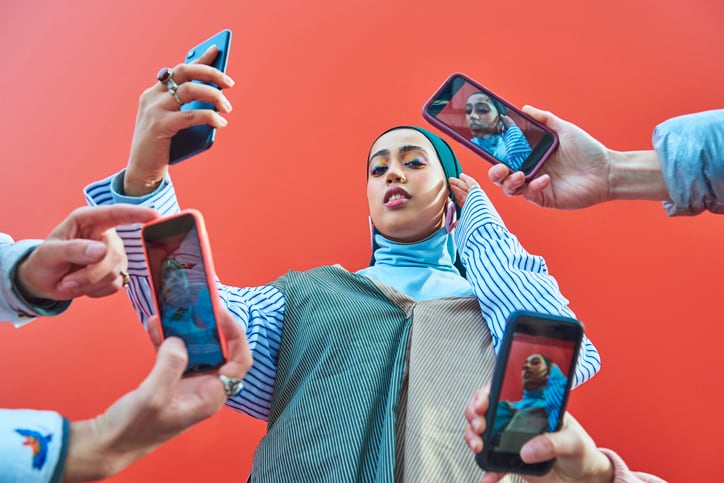By 2026, the global health, beauty and personal care market was set to hit €1.14 trillion in sales, according to a recent report from research and data specialist Edge Retail Insight, and just over 50% of that growth would come from e-commerce. Much of that online growth would come more specifically from online giants Amazon, Alibaba and JD.com, according to the research firm.
And Amazon had made its intentions clear to grow in beauty, with the launch of an own-brand skin care line Belei in 2019 and partnership with L’Oréal to launch virtual try-on tool Modiface. So, just how important should this platform be for beauty brands moving forward? And will it succeed in carving out its place in beauty?
CosmeticsDesign-Europe caught up with online retail expert Beth Mercer, e-commerce account director at UK-based digital marketing agency Croud, to find out more.
'People are there whether you want them to be or not'
“Amazon has a business model that is very suited to fast-paced environments and people wanting everything yesterday. And that is the way things are going,” Mercer said.

For beauty brands, success on the platform was being driven by the sheer volume and scale Amazon operated at, she said, with massive free next-day delivery services for consumers worldwide one major plus.
“The trouble, or beauty, of Amazon is that people are there whether you want them to be or not,” she said, and beauty brands were starting to realise it was a platform they needed presence on.
Turnaround from a ‘rocky start’ in beauty and luxury
Amazon was now working hard to position its e-commerce platform as a “reputable place for brands” and push forward as a “partner”, Mercer said. And this was because the e-commerce major had a “bit of a rocky start with beauty and luxury”, she said.
“There are a lot of different reasons for that, but lots are over giving up control – things like distribution, the loss of consumer data in terms of that walled garden Amazon operates within, and things like profit margins even, depending on the business models that brands set up with Amazon.
“But also, more personally to the brands, is things like the grey market that can be driven on Amazon because of the rights anyone has to sell. So, that can open things up for counterfeits and things like samples being sold with half a tube empty and things like that. So, there are loads of different issues that brands have come across, particularly in this space,” she said.
Amazon had since recognised those issues and started to create barriers for brands, big and small, she said, to better protect business. It had launched programmes for premium beauty, professional beauty and indie beauty, for example, that offered brand benefits like restricting third-party resellers under the premium programme and offering a sub-category search space to showcase independent brands under the indie beauty programme.
“These sorts of programmes really help brands by protecting them and giving them some sort of barrier against counterfeit and grey market areas that have been such a trouble in the past,” Mercer said.
Amazon Live and better browsing to come
Importantly, she said Amazon was also heavily focused on becoming an experience-led platform with tools like Amazon Live, similar to tele-shopping or Instagram Reels, offering brands the chance to publish “live and rich content”.
It was also working hard on improving browsing capabilities, Mercer said, to take it beyond just being good at “very generic terms”.
Looking forward, she said beauty brands had to look at what the “Amazon ecosystem” could offer as a whole with its end-to-end framework that included reach, volume, SEO analysis, algorithms and increasingly rich content.
For those brands not yet on Amazon, she said a starting point would be to work out if anyone else was selling the product on Amazon already and, if so, what did the content look like; did it mirror the brand and tone of voice and were consumers reacting positively? The next step would be “taking control” of that presence, she said, and from there conducting research to work out how to improve that presence and ultimately drive bottom-line sales.
Amazon was aiming for “world domination” in the online retail space, Mercer said, and working hard to position itself as a space that worked just as well for luxury and beauty as it did for mass market essentials. The recently launched luxury ‘stores’ in the US was a good example of this, offering more of a “glossy and premium vibe that steps completely out of the mindset of Amazon being a convenience store”, she said.
Mercer said Amazon should “definitely be a focus” for beauty brands moving forward, especially as the platform was evolving so fast in the space.




